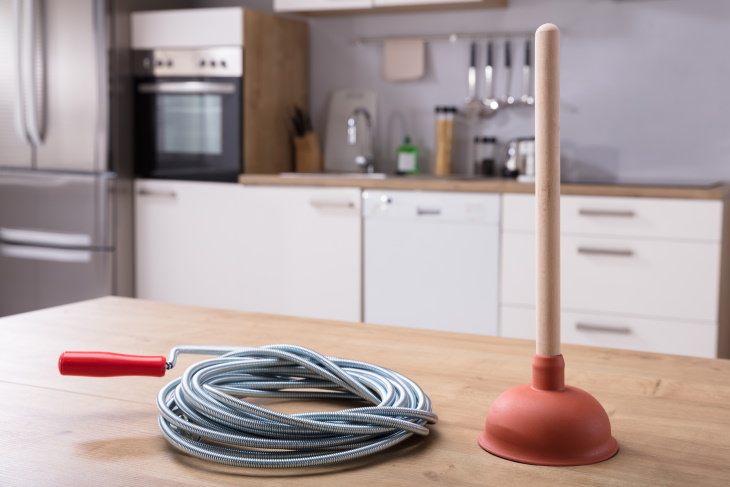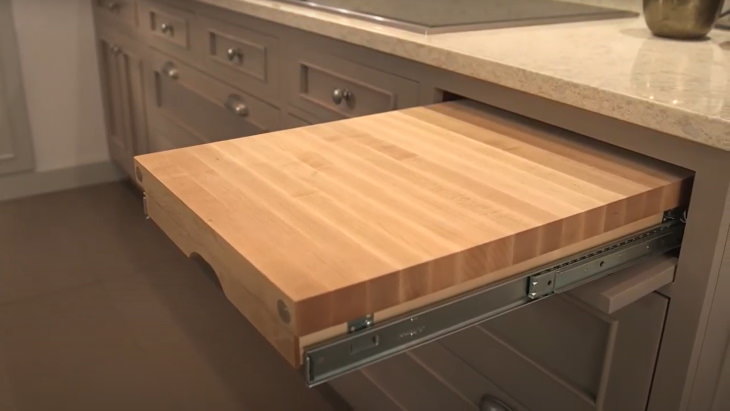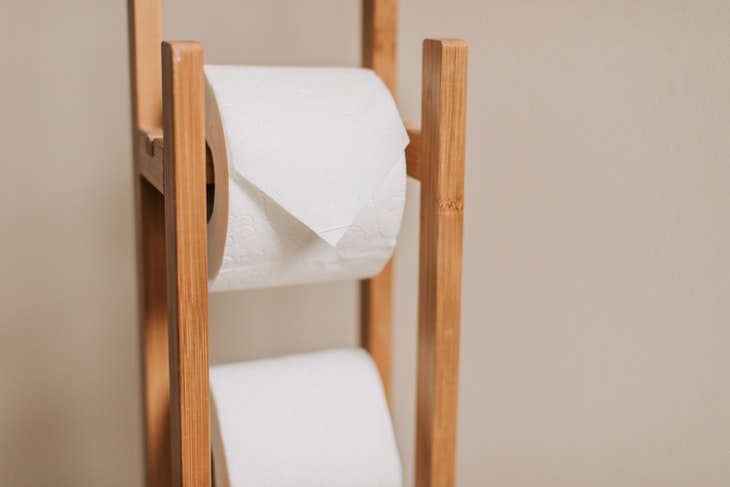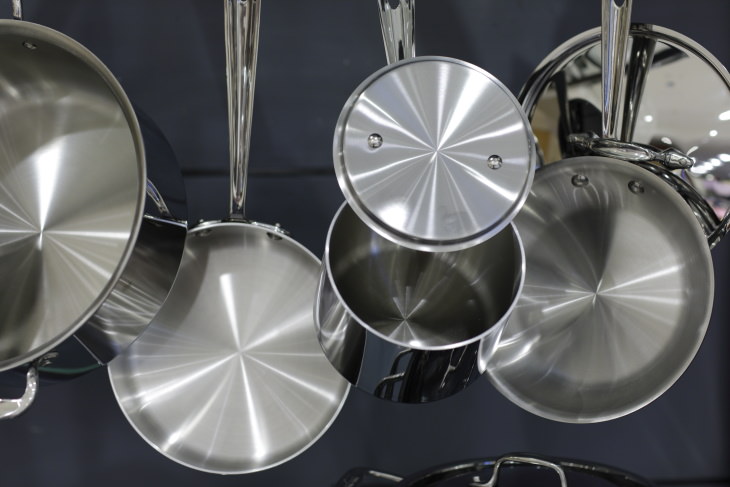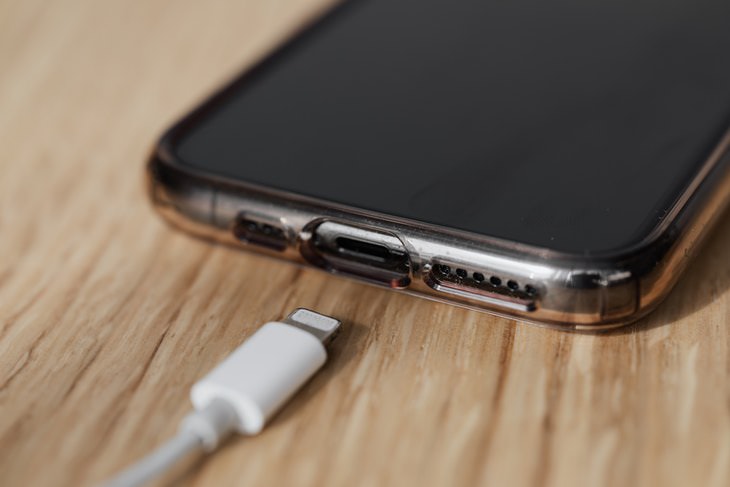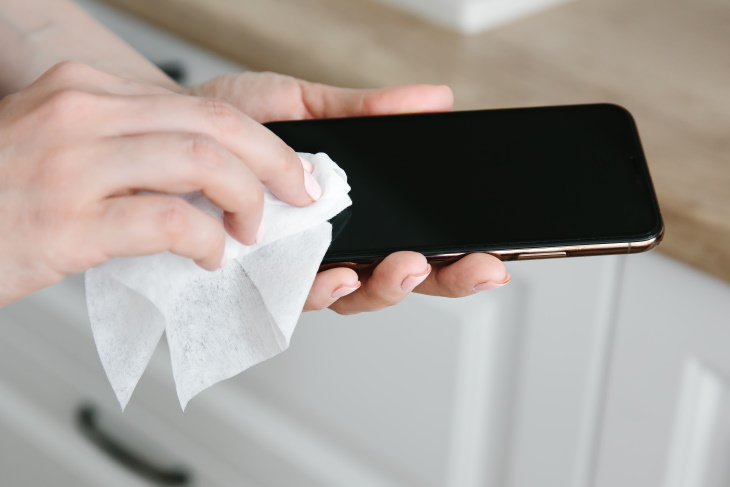1. Plunger
Are you using a sink plunger in your toilet? Many people aren’t even aware of the fact that there are various kinds… Long story short, if you’re using a flat bowl-shaped rubber plunger to unclog a toilet, it’s not the right one for the job. This is the type of plunger (pictured above) designed for flat surfaces, such as a sink or a bathtub.
A true toilet plunger is narrower, and it has a flange sticking out at the bottom to fit the toilet bowl. You can also use a bellows plunger that looks like an accordion to effectively unclog a toilet. Both of these plungers have a better fit and stronger suction power than a standard bowl plunger.
2. Built-in board in the kitchen
Are you familiar with those built-in pull-out cutting boards installed in some countertops? If so, we’re here to tell you that they are not cutting boards at all! So, if you’ve been using them to chop up veggies and fruit, you should most definitely stop doing so. The real purpose of these pull-out boards is kneading dough.
In the past, these slabs of wood were known as “breadboards.” If you intend to use this board to chop and dice food ingredients, it’s a good idea to replace the wood with an actual cutting board because breadboards weren’t designed to stand up to humidity and knife scarring, so they will start growing mold and warp very quickly.
3. Toilet paper rolls
There are two kinds of people - those who place the toilet paper so that the end falls over the roll, and those who let it hang under the roll. Surprisingly, the subject caused a great deal of debate over the years and even spurred a few scientific studies. And while you may not think that there is a right or wrong way to place a toilet paper roll, Seth Wheeler, the New York businessman who invented perforated toilet paper, begs to differ.
According to the illustrations that are part of his 1891 patent, the flap is intended to fall over the roll. Not only is it much easier to find the end of the roll this way, but it’s also the more sanitary way to use toilet paper because the end isn’t close to the bathroom wall.
4. Stainless steel pans
If you’ve ever seen a professional chef pan-searing a steak or cooking anything else in a pan, really, you may have noticed one curious detail. You rarely see a chef using a nonstick pan in cooking. In the vast majority of cases, chefs use a stainless steel pan, even though they are notoriously difficult to clean.
Well, it turns out that they’re not, you just need to know how to use them correctly. The trick is to season the stainless steel pan before use, just like you would a cast-iron one. Seasoning will make cooking and cleaning a stainless steel pan much easier, and you won’t have to deal with the potentially toxic chemicals of non-stick pans ever again.
To season a stainless steel pan, coat the pan using an oil with a high smoke point (e.g. canola oil, peanut oil, safflower oil, sunflower oil, or grapeseed oil). Heat the oil over medium heat for a few minutes, then let it cool completely. Lastly, clean up any excess oil with a paper towel, and voila, your pan is seasoned and ready. Keep in mind that cooking acidic foods, cleaning with soap, and scrubbing the pan will wear away the protective coating from the pan over time, and you’ll need to re-season it.
5. Phone charger
Most people charge their smartphones overnight. The logic behind it is simple - you don’t need to worry about your phone battery dying at an inconvenient moment if you’ve fully charged your phone while you’re asleep. Unfortunately, there is a serious drawback to this method - letting your phone charge all night could affect the battery’s capacity over time.
If you keep your phone connected to the electricity for hours after the battery has reached 100%, it causes your phone to “trickle charge.” This is a phenomenon when your phone is in the constant cycle of losing a little charge and topping it off, which causes your phone to overheat and gradually turns the battery less effective.
6. Ceiling fan
Have you ever wondered why you can switch the spin direction of a ceiling fan? If you don’t know, the answer will surprise you. The reason this occurs is that ceiling fans are supposed to be used all year. The circulation of air ceiling fans maintain can actually save you some power both in the winter and summer.
All you have to do is to manipulate the spin direction the right way. When it’s cold outside, the fan should spin clockwise, which will pull air up and move the warmer air from the ceiling back down. When the weather is warm, switch the fan to spin counterclockwise - this will make cool air circulate across the room and improves air-flow.
7. Disinfectant wipes
Disinfectant wipes are a real staple these days, and for good reason, as you can easily use them to wipe down and disinfect anything from your kitchen counter to doorknobs and even keys. But there is one type of surface that could be damaged by antibacterial wipes - electronic screens. These include your phone or tablet screen, computer screen, and even the TV.
Using disinfectant wipes on screens exposes them to corrosive chemicals and increases the risk of liquids getting inside the device. Instead, use a paper towel or a microfiber cloth to clean the device. Some screens can also tolerate rubbing alcohol, but you have to check in the instruction manual of the device to know if it’s safe for your specific type of screen.
Share this useful advice with family and friends!

